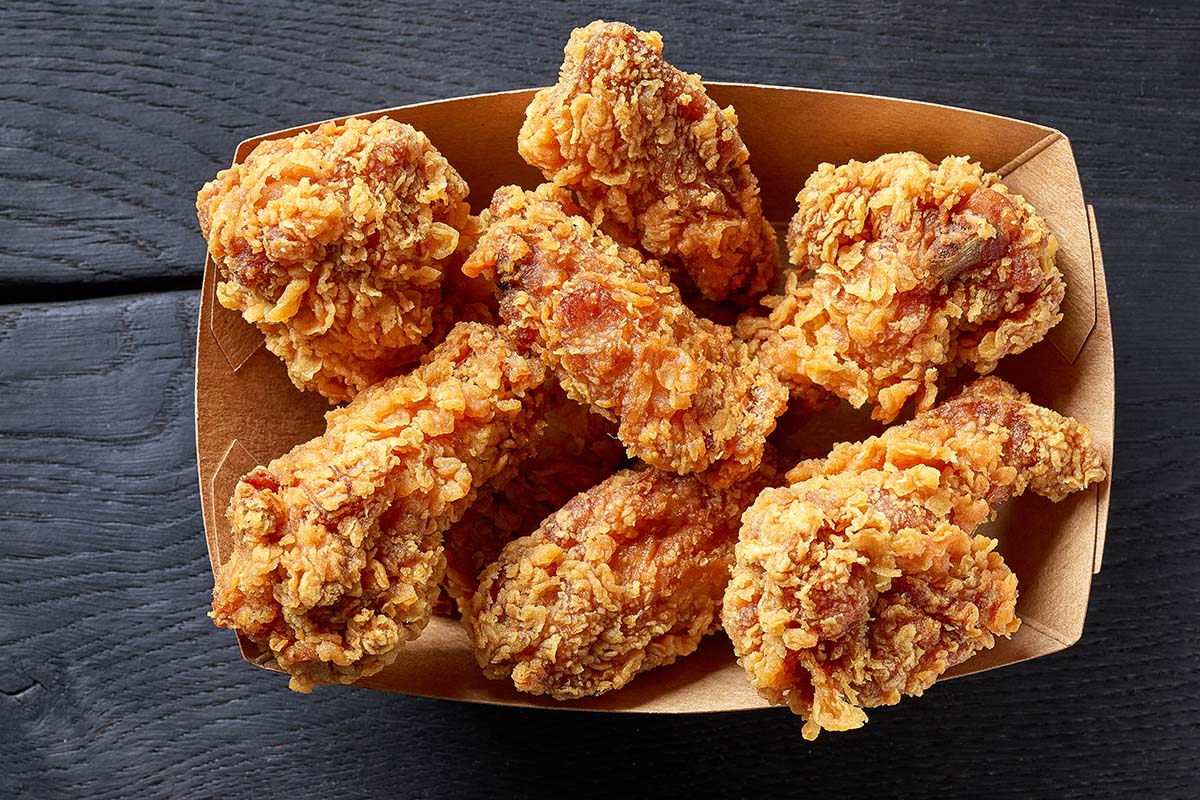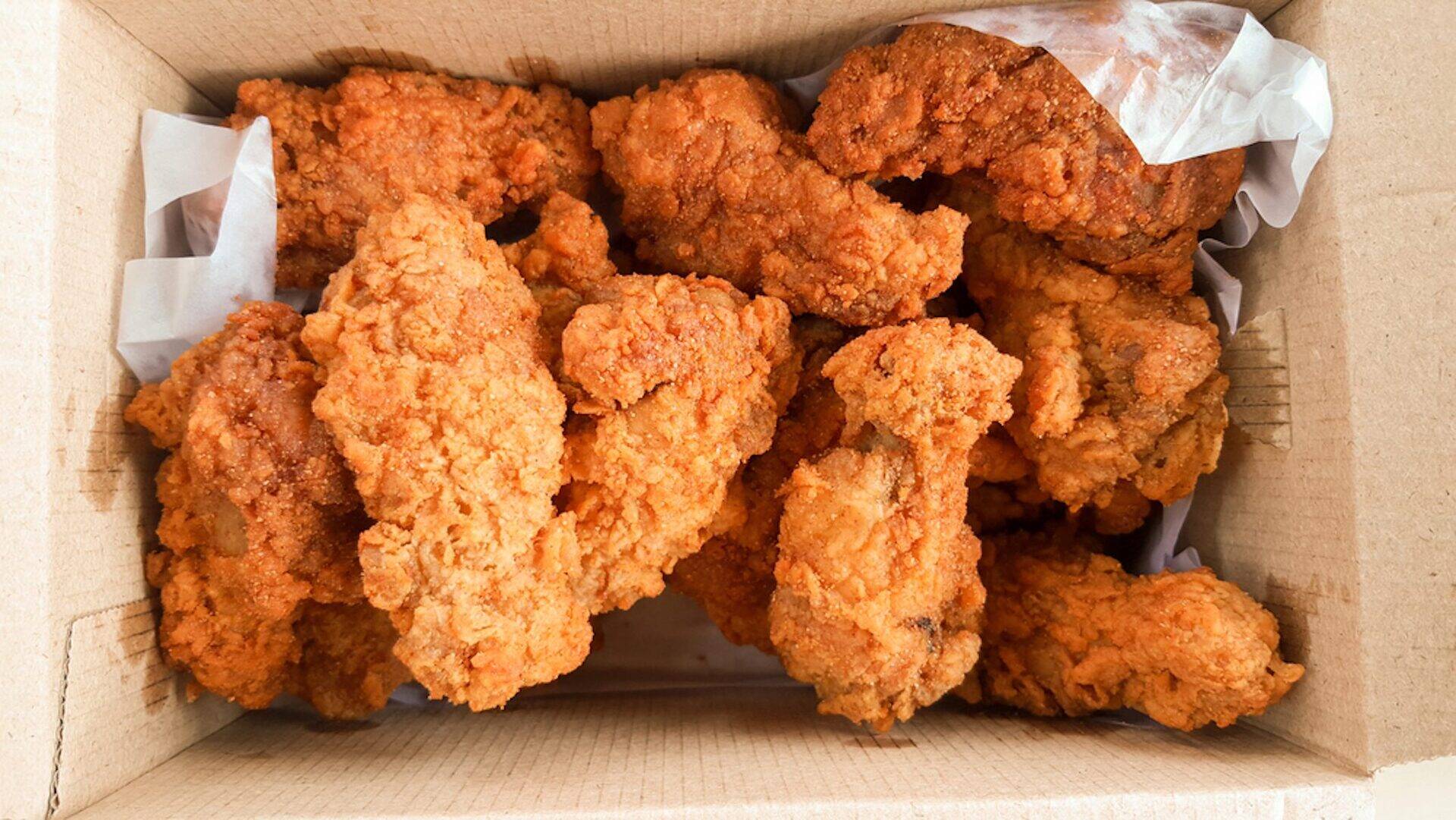Fried chicken is a beloved comfort food enjoyed by many around the world. The crispy exterior and juicy interior make it a favorite for picnics, parties, and gatherings. However, maintaining that perfect crunch can be a challenge when transporting fried chicken from one place to another. In this comprehensive guide, we’ll explore various tips and techniques to ensure your fried chicken stays crispy and delicious, whether you’re heading to a picnic in the park or delivering a meal to a friend’s house.
Transporting fried chicken poses a unique set of challenges. The crispy coating that makes fried chicken so irresistible can quickly turn soggy when exposed to moisture or trapped steam during transportation. To overcome this hurdle, it’s essential to employ strategies that minimize moisture buildup and preserve the crispy texture.
Preparing the Fried Chicken

Cook to Perfection
To start, it’s essential to cook the chicken to perfection. This involves achieving the right balance of cooking time and temperature to ensure the chicken is fully cooked while maintaining juiciness. Here are some key points to consider:
- Temperature Control: Maintain a consistent oil temperature while frying the chicken. Fluctuations in oil temperature can result in uneven cooking and may affect the crispiness of the chicken.
- Internal Temperature: Use a meat thermometer to ensure the chicken reaches an internal temperature of 165°F (74°C). This is the safe temperature for poultry, ensuring it’s fully cooked and safe to eat.
- Breading Technique: Pay attention to the breading technique to achieve maximum crispiness. A common method involves dredging the chicken in flour, dipping it in beaten eggs, and then coating it in breadcrumbs or a seasoned flour mixture. For an extra crispy coating, some recipes call for a double dredge, where the chicken is coated in flour, dipped in egg, coated in breadcrumbs, and then repeated.
Drain Excess Oil
Properly draining excess oil from the fried chicken is essential for maintaining its crispiness. Here’s how to do it effectively:
- Wire Rack Method: After frying, transfer the chicken to a wire rack set over a baking sheet. This allows excess oil to drip off the chicken, preventing it from becoming greasy and soggy.
- Paper Towel Method: Alternatively, you can place the fried chicken on a plate lined with paper towels. The paper towels absorb excess oil, helping to preserve the crispy texture of the chicken.
- Patting: Gently pat the fried chicken with additional paper towels to remove any excess oil on the surface. This step ensures that the chicken stays crispy and isn’t weighed down by residual oil.
Packing for Transport

Choose the Right Container
Selecting the appropriate container is the first step in ensuring that your fried chicken stays crispy during transport. Here’s what to consider:
- Ventilation: Opt for containers with ventilation holes or vents. These allow airflow, preventing moisture buildup inside the container that can lead to soggy chicken.
- Material: Choose containers made of materials that are sturdy and can withstand transportation without compromising the integrity of the fried chicken. Paper boxes with ventilation holes or perforated plastic containers are excellent choices.
- Size: Use a container that fits the amount of fried chicken you’re transporting without overcrowding. Overpacking the container can lead to the chicken becoming compressed, which may result in loss of crispiness.
Layer with Paper Towels
Layering the container with paper towels is an effective way to absorb excess moisture and maintain the crispiness of the fried chicken. Here’s how to do it:
- Bottom Layer: Place a layer of paper towels at the bottom of the container before adding the fried chicken. This helps absorb any excess oil that may accumulate during transportation.
- Between Layers: Consider placing additional layers of paper towels between the chicken pieces. This provides an extra barrier against moisture and helps preserve the crispy texture of each piece.
Don’t Wrap Too Tight
Avoid wrapping the fried chicken too tightly, as this can trap steam and lead to sogginess. Instead, allow some airflow by loosely covering the container with a lid or foil. Here are some tips:
- Loose Covering: Place the lid or foil over the container without pressing it down too tightly. Leave some space for airflow to prevent condensation from forming inside the container.
- Airflow: If using food wraps, such as parchment paper or wax paper, ensure that they allow some airflow while still protecting the chicken from external elements.
- Consideration: Be mindful of the type of wrap you choose. Some materials, such as plastic wrap, may create a barrier that prevents airflow and contributes to moisture buildup.
Additional Tips for Crispy Fried Chicken
Keep It Warm
Maintaining the warmth of the fried chicken during transportation can help preserve its crispiness. Here’s how to do it effectively:
- Insulation: Use insulated containers or thermal bags to keep the fried chicken warm during transit. These containers help retain heat and prevent the chicken from cooling down too quickly.
- Preheating: Before placing the fried chicken in the insulated container, preheat it by filling it with hot water and letting it sit for a few minutes. This helps create a warm environment for the chicken, extending its crispiness.
Avoid Condensation
Condensation can occur when there’s a sudden change in temperature, leading to moisture buildup inside the container. Here are some ways to prevent condensation:
- Insulation: Use insulation to minimize temperature fluctuations during transportation. Avoid placing the container in direct sunlight or near sources of heat or cold.
- Ventilation: Ensure that the container has proper ventilation to allow airflow, reducing the likelihood of condensation. Ventilated containers or leaving a small opening in the lid can help achieve this.
Serve Immediately
Enjoying the fried chicken as soon as possible is the best way to savor its crispiness. Here’s why serving immediately is important:
- Optimal Texture: Fried chicken is at its crispiest and most flavorful when served fresh out of the fryer. Delaying consumption can result in a loss of texture and flavor.
- Enjoyment: Eating the fried chicken while it’s still warm and crispy enhances the overall dining experience. It’s best enjoyed immediately after transportation to fully appreciate its deliciousness.
Proper Handling
Handling the fried chicken with care during transportation is essential for preserving its crispiness. Consider the following:
- Avoid Shaking: Refrain from shaking or jostling the container unnecessarily, as this can cause the breading to become dislodged and the chicken to lose its crispiness.
- Stability: Ensure that the container is stable and securely closed to prevent any spills or accidents during transportation. Use additional padding or support if necessary.
Conclusion
Transporting fried chicken doesn’t have to mean sacrificing its crispy texture. By following these tips and techniques, you can ensure that your fried chicken remains crispy and delicious, whether you’re traveling across town or across the country. With proper preparation and packing, you can enjoy crispy fried chicken anytime, anywhere.



